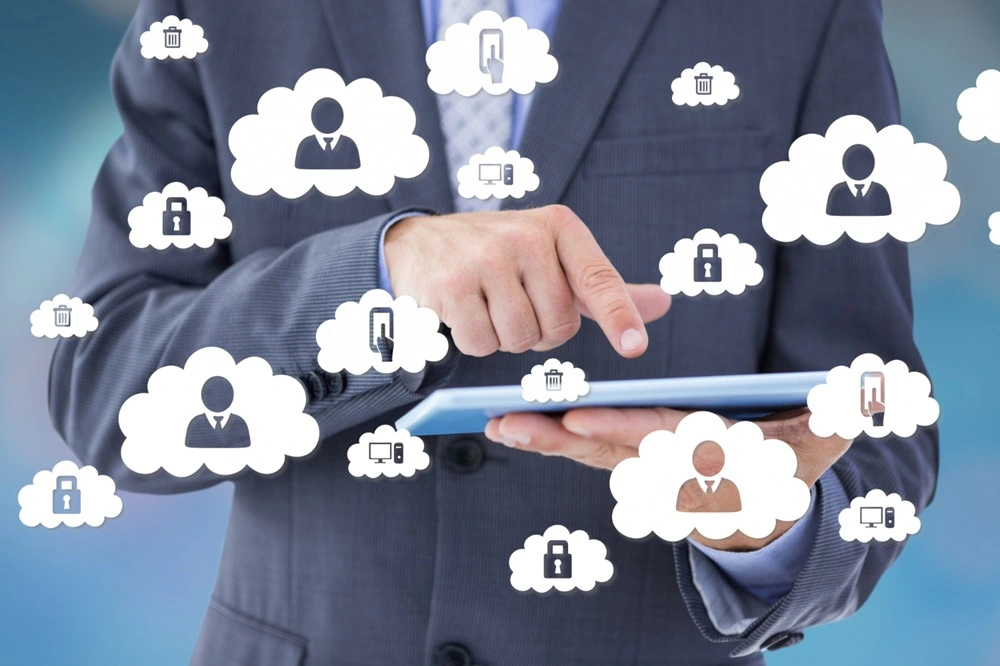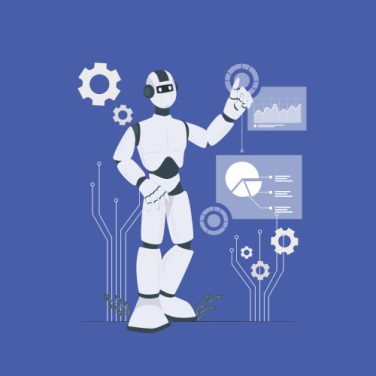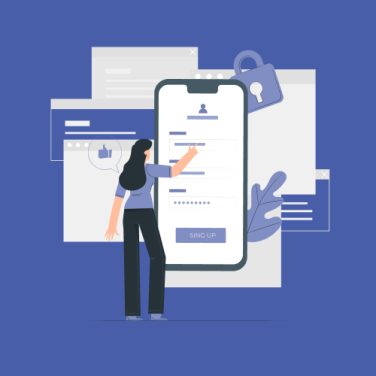Online HR software transforms how organisations manage people operations.
Unlike traditional on-premise systems, a cloud HRIS or web based HRIS delivers centralised data access and continuous updates without complex maintenance. HR teams benefit from streamlined processes—onboarding, time tracking, benefits administration, performance management—through a single browser interface.
The pace of business in 2025 demands flexible tools that support remote work and global teams. With anywhere, anytime access, automated workflows, and integrated analytics, modern HR platforms drive efficiency and empower employees via self-service.
In this guide, readers will discover:
- Key advantages of online HR software over legacy systems
- Security and compliance measures protecting sensitive data
- How API-driven integrations connect payroll, ERP, and benefits providers
- Mobile and remote access features for distributed workforces
- Pricing models and evaluation criteria to choose the right solution
What Is online HR software?

Online HR software encompasses cloud-hosted platforms—HRIS, HRMS, and HCM—that streamline core human capital functions via the internet.
These systems replace manual spreadsheets and siloed tools with unified modules for employee records, payroll, time and attendance, and benefits administration.
Understanding HRIS vs. HRMS vs. HCM
| Platform | Scope | Use Case |
|---|---|---|
| HRIS | Employee data, compliance, reporting | Small businesses needing centralised records |
| HRMS | HRIS + payroll, time, recruiting | Mid-size firms requiring end-to-end HR |
| HCM | HRMS + performance, learning, succession | Enterprises focusing on talent strategy |
Additional niche solutions address specific needs like applicant tracking, onboarding workflows, employee engagement, and learning management.
A modern web-based HRIS forms the backbone of people operations by delivering real-time analytics, automated compliance, and seamless API integrations with payroll, ERP, and third-party tools.
Cloud vs. on-premise HR software
| Aspect | SaaS Cloud | On-Premise |
|---|---|---|
| Upfront Cost | Low setup; subscription model | High hardware and licensing |
| Maintenance | Vendor-managed updates | IT-managed patches |
| Scalability | Elastic; pay-as-you-grow | Limited by infrastructure |
| Deployment Time | Weeks | Months |
| User Experience | Consistent across devices | Variable; depends on setup |
Benefits of cloud deployment for HR

- Faster time to value: Go live in weeks instead of months.
- Automatic updates: Continuous enhancements without IT intervention.
- Reduced IT burden: Eliminate hardware costs and maintenance.
- Elastic scalability: Adjust capacity during seasonal hiring spikes.
- Built-in redundancy: Disaster recovery and data backups by default.
Cloud-native platforms like MiHCM Enterprise leverage these benefits to streamline HR operations. Teams gain immediate access to new features—AI-driven analytics, SmartAssist workflows, global payroll compliance—ensuring their HR technology evolves alongside business needs.
Data security and compliance in online HR software
Protecting sensitive employee data is paramount. Leading online HR software implements robust safeguards:
- Encryption at rest and in transit: TLS and AES-256 protect data end-to-end.
- Role-based access controls: Granular permissions and audit trails.
- Compliance standards: GDPR, SOC 2, ISO 27001, and local labour laws.
- Multi-factor authentication: SSO and MFA options for secure login.
- Continuous monitoring: Automated threat detection and incident response.
Key security certifications to look for
- ISO 27001: International security management.
- SOC 2 Type II: Controls for security and availability.
- GDPR: Data protection in the EU.
- HIPAA (if applicable): Healthcare data compliance.
MiHCM Data & AI dashboards include built-in monitoring, while SmartAssist workflows enforce policy checks before data changes, ensuring compliance out of the box.
API and third-party integrations
Modern HR ecosystems rely on interconnected systems. Essential integrations include payroll providers, time tracking, ERP, CRM, and benefits platforms.
- Open RESTful APIs: Build custom connectors or leverage developer sandbox environments.
- Pre-built connectors: Ready-to-use integrations with major vendors.
- Integration marketplaces: Partner ecosystems offering plug-and-play apps.
- Real-time event triggers: Instant data synchronisation across systems.
- MiHCM API Framework: Accelerates custom workflows, from automated onboarding to offboarding, by exposing endpoints for employee records, time entries, and benefits data.
Seamless integration ensures you maintain a single source of truth and eliminate manual data reconciliation across HR systems and financial platforms.
Mobile and remote access features
- Supporting a distributed workforce demands robust mobile capabilities:
- Native iOS/Android apps: Employees access online HR software features on the go.
- GPS and geofencing: Secure mobile attendance and location-based check-ins.
- Offline mode: Record time or submit requests without network, sync later.
- Manager dashboards: Approve time-off, view reports, and manage teams remotely.
- Remote work support: Custom workflows for home office setups and hybrid policies.
Pricing models and subscription plans
SaaS HR platforms typically employ per employee per month (PEPM) pricing. Key considerations:
- Tiered plans: Lite, Enterprise, Data & AI add-ons.
- Usage-based billing: Charges for advanced modules like learning management or compensation planning.
- Hidden costs: Onboarding services, premium support, and additional integrations.
- ROI analysis: Compare subscription fees against time savings and error reduction.
Estimating your annual HRIS spend
Calculate base PEPM rate × headcount + add-on module costs + implementation fees.
Factor in anticipated growth to avoid surprises.
MiHCM Enterprise includes core HR, payroll, and analytics. Add MiHCM Data & AI or SmartAssist modules for advanced capabilities, tailoring your package to business requirements.
How to evaluate and choose online HR software
- Align features to your HR process map: Identify must-have vs. nice-to-have modules.
- Assess ease of use: Schedule demos and pilot trials to gauge user adoption.
- Review vendor roadmap: Ensure continuous innovation and timely feature releases.
- Evaluate support SLAs: Confirm implementation, training, and response times.
- Gather user feedback: Leverage case studies, peer reviews, and benchmarks to compare total cost of ownership.
Consider integration needs early: confirm API capabilities and partner ecosystems. Engage key stakeholders—HR, finance, IT—to secure buy-in and streamline implementation.
How MiHCM elevates your HR operations
MiHCM delivers a unified solution that enhances every stage of the employee lifecycle:
- Unified Dashboard: Consolidate HR, payroll, and analytics in one view, delivering real-time insights.
- SmartAssist: AI-powered workflow automation for approvals, reminders, and policy enforcement.
- MiA Employee Portal: Mobile-first self-service, enabling attendance, timesheets, and leave requests on any device.
- MiHCM Data & AI: Predictive analytics dashboards for workforce planning and attrition risk assessment.
- Global Payroll Management: Multi-currency pay runs, local compliance rules, and tax filings across 150+ countries.
Results include reduced manual tasks, faster payroll cycles, and data-driven decision making—empowering HR teams to focus on strategic growth.
Making the move to online HR software
Switching to a cloud HRIS offers immediate and long-term benefits.
Next steps:
- Secure stakeholder buy-in: present cost-benefit analysis and ROI projections.
- Request a MiHCM demo: explore features tailored to your workflows.
- Initiate a trial: validate ease of use and integration capabilities.
- Plan implementation: define phases, roles, and data migration strategy.
This year marks the tipping point for digital HR transformation. With MiHCM’s cloud-native platform, your organisation gains a future-proof solution that scales with growth and innovation.



